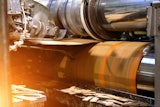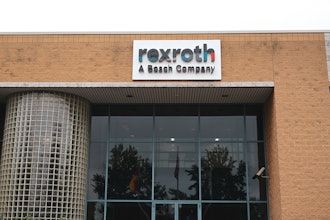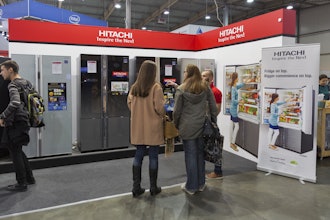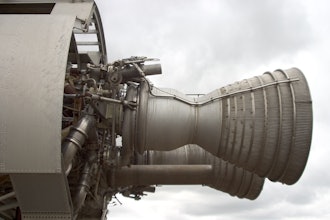The Brainstorm section in the May/June print issue of Food Manufacturing focused on the topic of conveying. Specifically, I asked a five-person panel: What are the latest trends in conveying related to the food industry? Brainstorm contributors included:
Crystal Willey, Director of Market and Business Development, Cambridge Engineered Solutions
There are several trends we’re seeing among manufacturers in key food processing categories where conveyor belts are commonly used. Many larger companies are shutting down smaller plants and making significant capital investments in regional “mega” plants. When our customers build these new plants, they are looking to install lines with conveyors and belts that are wider, faster and capable of increased throughput to make up for what was produced at the smaller plants. ...
Jill Batka, President, Dynamic Conveyor
The latest trends with conveyors in the food processing industry revolve around food safety and saving processors money.,One of the quickest ways to save money is with equipment that has been designed in a way that allows it to be efficiently and effectively cleaned to meet strict sanitation and hygiene requirements, while using minimal resources and time. ...
Blake Svejkovsky, Product Handling Systems Manager, Heat and Control, Inc.
In response to customers’ needs for gentler, more responsive conveyor systems, equipment manufacturers are developing new designs that move product quickly, cause less damage, and provide an operator-friendly workplace. ...
Stacey Johnson, Marketing Manager, Dorner Manufacturing
Generally speaking when it comes to food production, no two applications are alike. There’s always going to be differences, no matter how subtle, that will affect the supporting equipment, such as conveyors. And because of that, a trend we’re seeing more of in the food industry is the push toward custom conveying solutions. ...
Jim Paulsen, Sales/Account Manager, Multi-Conveyor
Sanitation is the top trending conversation in building conveyors for the food industry. Staying ahead of the requirements that the food industry dictates is key to developing sustainable designs that can work across various food manufacturing segments. ...
In this Brainstorm bonus, Paulsen provided an answer to a second question focused on conveying.
Q: What innovations have been developed recently regarding food safety for conveying equipment?
A: To meet the food safety requirements that food manufacturers must adhere to has resulted in conveyor designs that are:
- Easily cleanable in place, or that are readily disassembled and reassembled so that components can be washed and sanitized at their location or in remote wash tanks.
- Quick release methods for belting and chain that allow them to be lifted to clean under, or removed completely, are essential to accessing internal components to clean in place by wiping or spraying, or to allow them to be removed for cleaning and easily reinserted.,
- Open conveyor designs where internal components are exposed allow for easy cleaning in place, as well as safer designs that employ doors or guards that are easily opened for cleaning access to those same components.
The conveyor industry has produced designs that eliminate areas for harborage and areas where product or water can collect. Completely welded construction continues to be favored for the most sanitary of designs.
Chains and belts that carry product have improved materials and designs to allow them to be easily cleaned and are less likely to retain or accumulate product.
These innovations may allow food manufacturers to expand production runs as cleaning is required less often, and the time that it takes to clean is reduced. They may also reduce the number of personnel required for cleaning and the amount of chemicals or water consumed.
Providing clean design conveyors that promote food safety and minimize the associated cost makes the food safety requirement easier to implement and sustain.























